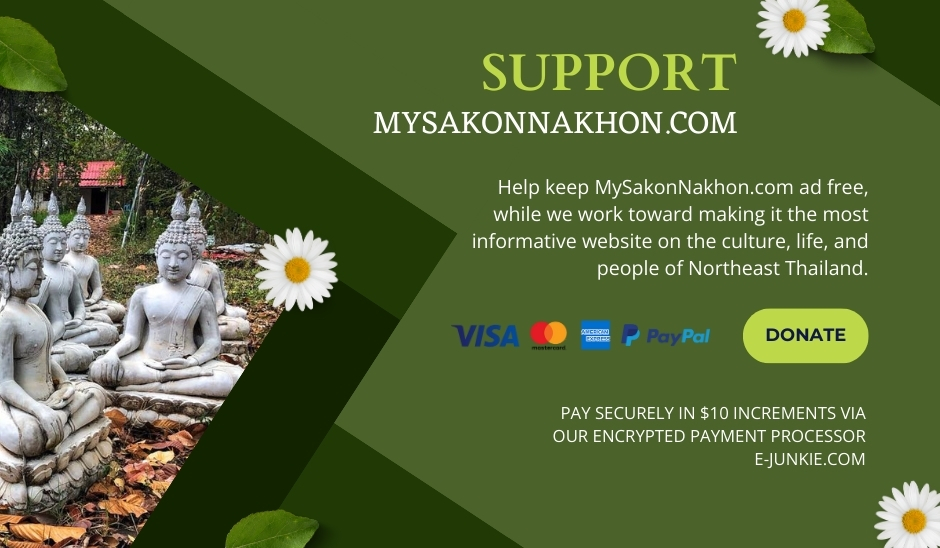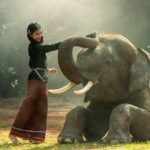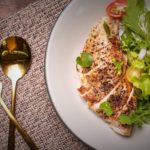
Thai Tamarind: So Tasty But Beware!
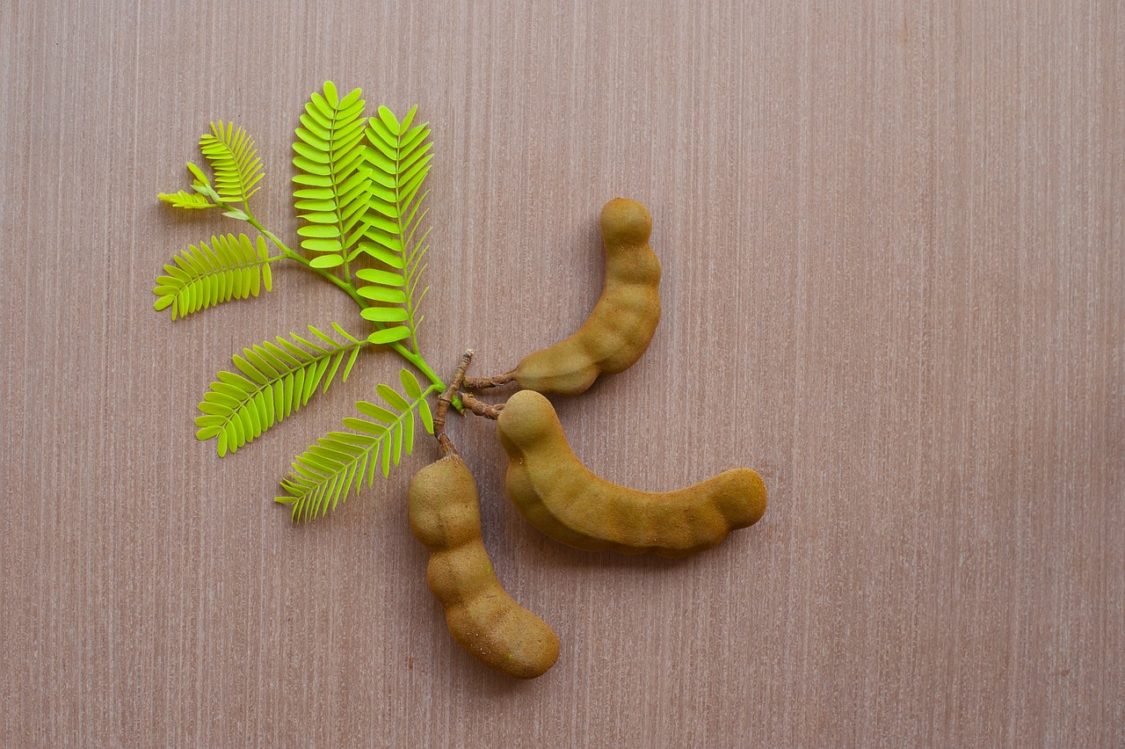
Tamarind in the Thai language is called má-kăam (มะขาม). Its history in Thailand stretches back over 700 years. Tamarind is believed to have originated in Africa, and then brought to Thailand sometime prior to the reign of King Ram Khamhaeng (Rama the Bold), who ruled the ancient Sukhothai kingdom from 1278 -1 298.
Tamarind is a big, strong, durable tree with a very long lifespan. There is a giant tamarind tree at Wat Khae (วัดแค) in Suphan Buri Province, with a trunk size of 6-7 people, believed to be over 300 years old. Although the shell of the tamarind fruit looks like a nut, it is indeed a tropical fruit.
Tamarind is used in many Thai dishes. So many that it is safe to say that Thailand’s world famous cuisine wouldn’t be the same without tamarind. Thai dishes with tamarind include Tom Yum, Som Tam, Pad Thai, and hundreds more, as it can be added to any Thai recipe that needs a deliciously sour accent. It also is used in many Thai sauces such as Nam Phrik Phao and Nam Prik Ma-Kham.
Beyond it’s use in Thai food, Tamarind is an ingredient in the Indigo dyes used to create Sakon Nakhon’s world famous Indigo fashion.
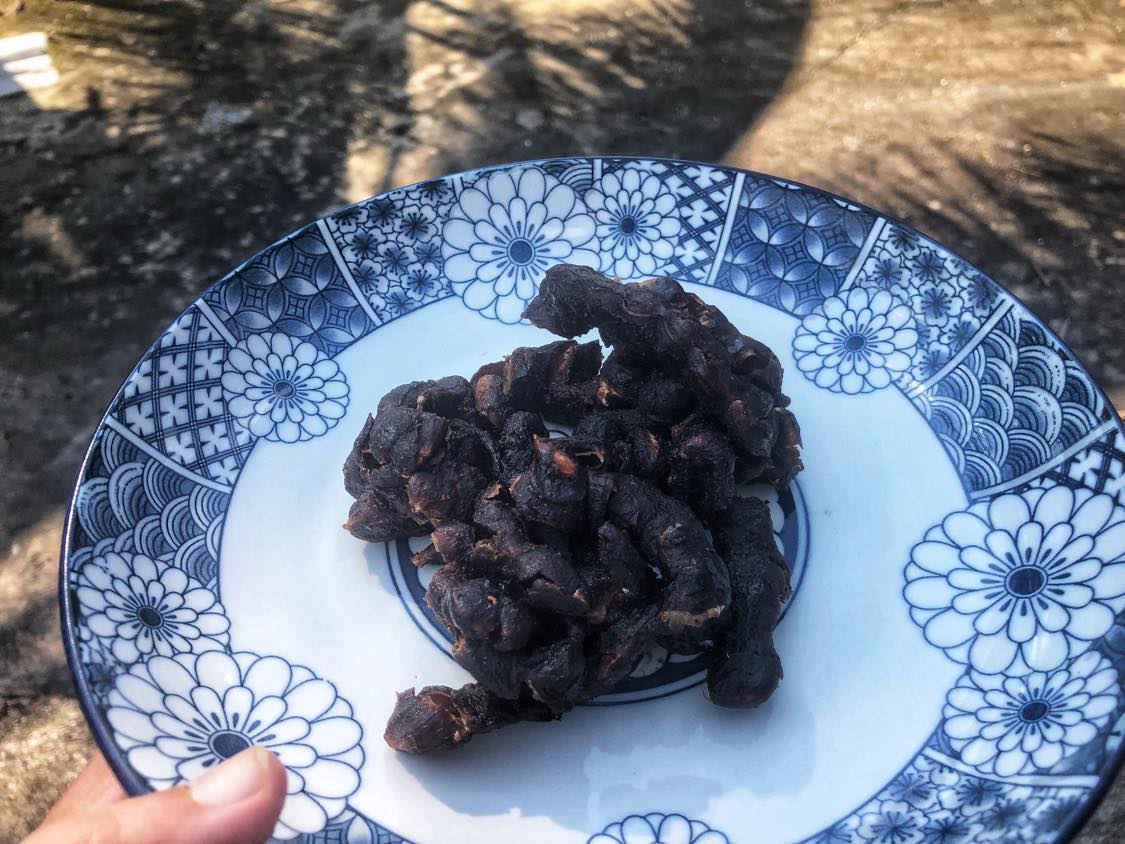
Beware of Eating Too Much Tamarind!
If you love really sour things, you’ll love eating fresh Thai tamarind just picked off the tree. But don’t eat too much! Don’t make the mistake we did the other day and eat a whole plateful of tamarind (see photo above). Tamarind is very acidic and can temporarily make your teeth very sensitive. We could barely brush our teeth for 3 days after eating that plate of tamarind because brushing was so painful.
If you were to make a habit of eating a lot of tamarind, you could ruin the enamel on your teeth and end up on the Thai dentist chair.
Thai Tamarind Health Benefits
It’s a shame that one can’t gorge oneself regularly on tamarind in Thailand, because the health benefits are many! The astringent fruit is loaded with nutrients, including protein; vitamins B1, B2, B3, B5, B6, B9; C, E, K; calcium, iron, magnesium, phosphorus, potassium, choline, zinc, and antioxidents.
Tamarind has been used for centuries in Thai folk medicine. Its bark, leaves, fruit, and roots have many health benefits (which are being increasing confirmed by modern medicine). These include:
1. Strengthens the body’s immune system.
2. Nourishes and cleans the skin.
3. Slows down aging and the onset of aging.
4. Maintains strong bones and teeth (if you don’t chew too much!).
5. Nourishes and purifies the blood.
6. Can be used to make an ointment that reduces dark spots on skin and heals wounds.
7. Can be used to make hair conditioner, treat hair roots, kill fungus on the scalp and lice.
8. Helps prevent and treat scurvy.

9. Nourishes and maintains eyesight.
10. Relieves diarrhea and constipation.
11. Cures herpes
12. Removes roundworms in the intestines.
13. Reduces high body heat and fevers.
14. Antidote to alcohol poisoning.
15. Lowers blood pressure.
16. Cures colds.
If you keep your eye out in Sakon Nakhon and other provinces in Thailand, you will spot tamarind trees, as their presence in plentiful.
- The Hidden Dharma of Thai Language & Culture - May 11, 2024
- The Royal Ploughing Ceremony in Thailand – A History - May 8, 2024
- Dying Well the Buddhist Way in Thailand - May 7, 2024
